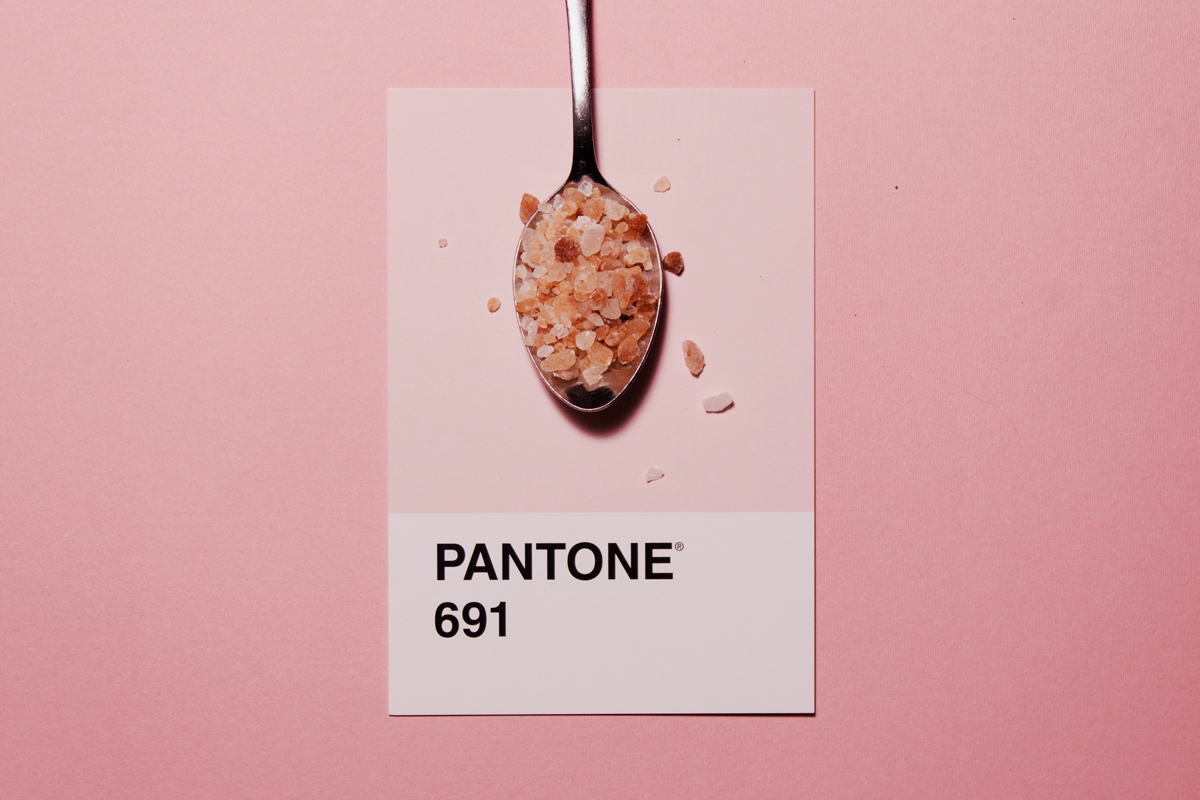4 Symbolic Colors to Use in Your Poetry
Symbolism can greatly enhance your poetry. Defined as “the use of symbols to represent ideas or qualities” by the Oxford English Dictionary, color symbolism has long played a role in both classic and emerging literature. From the iconic green light in F. Scott Fitzgerald’s The Great Gatsby to color’s titular role in Alice Walker’s The Color Purple, great authors have mastered the significance and power of different hues.
Color aids in enhancing poetry’s visual imagery. Interestingly, this symbolism also speaks to the duality and ambiguity of poetry—with many colors having vast or even contrasting meanings. Here are four colors to evoke in your next poetic work.
1. Red can symbolize passion, love, or aggression.
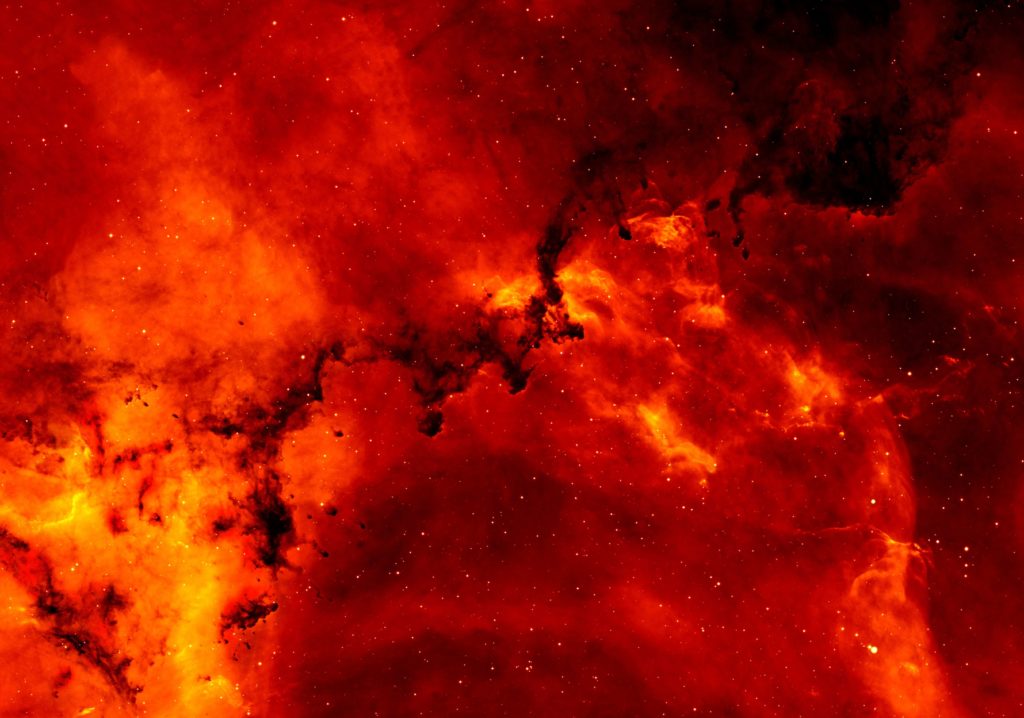
Like many other colors, red can take on a negative or positive meaning in poetry. Fiery red might suggest the flames of love. Conversely, it can evoke fury. In Sylvia Plath’s beloved poem “Lady Lazarus,” Plath writes in the voice of a mythical and vengeful female speaker, forming a kind of incantation: “Beware / Beware. Out of the ash / I rise with my red hair / And I eat men like air.”
2. Blue can symbolize peace or sadness.
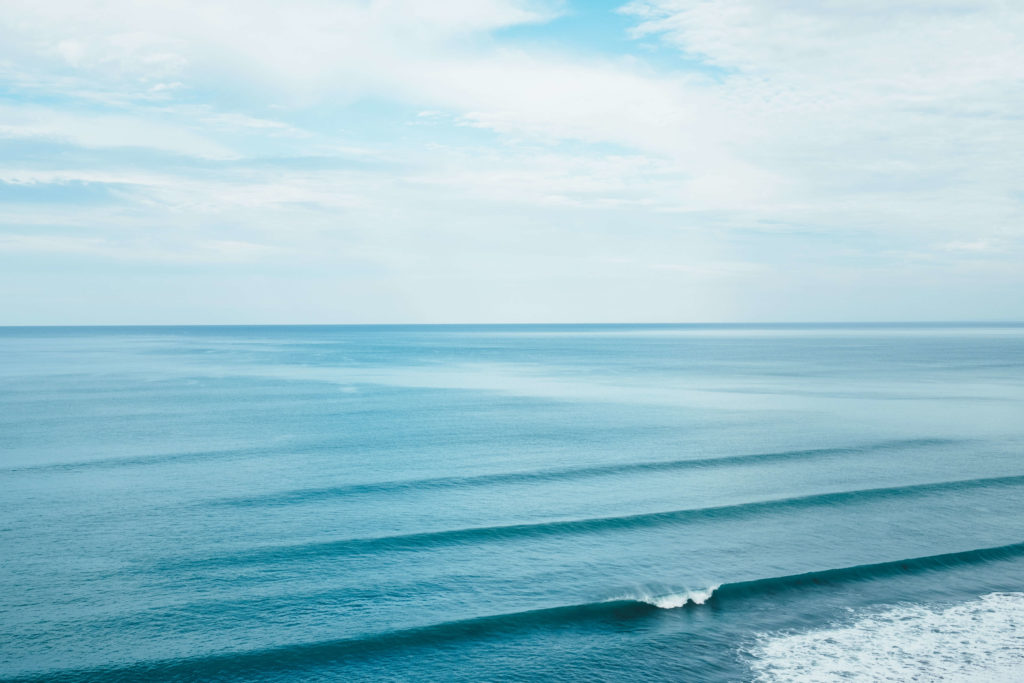
Maggie Smith’s cult classic poetry collection Bluets opens with the sentiment, “Suppose I were to begin by saying I had fallen in love with a color.” Throughout the book, which chronicles deep heartbreak, Smith clings to blue as both a representation of sadness and a soothing, oceanic escape. Blue occupies both of these roles. “If a color cannot cure, can it at least incite hope?” Smith muses in Bluets. “The blue collage you sent me so long ago from Africa, for example, made me hopeful. But not, to be honest, because of its blues.”
3. Green can symbolize nature, youth, or greed.
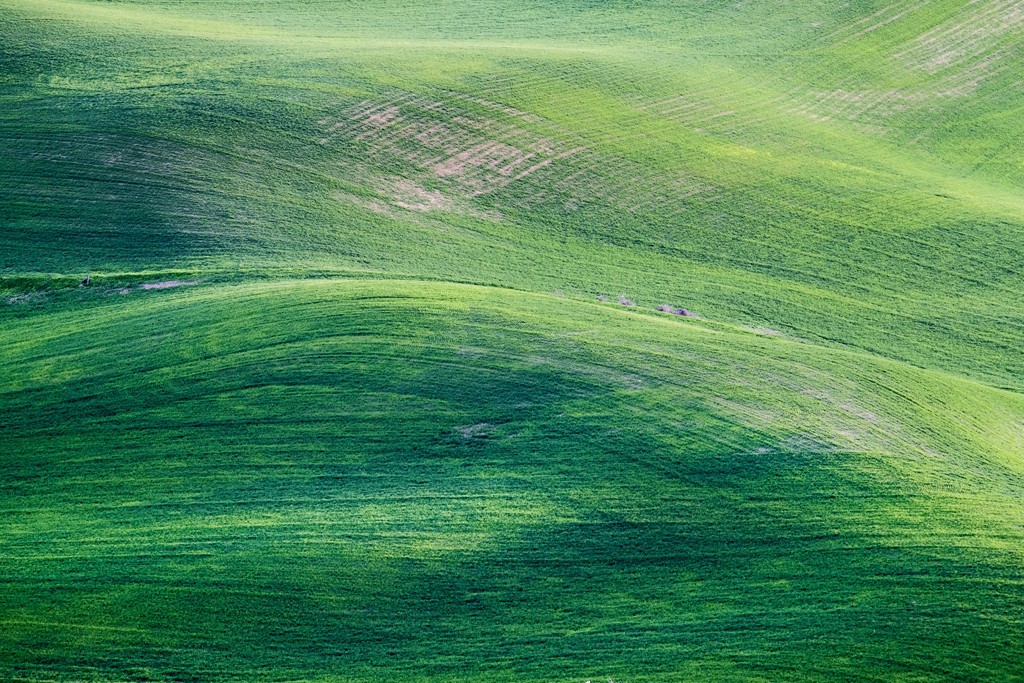
Think of a relaxing day spent outdoors and you’ll easily understand the imagery associated with the color green. Due to its natural and healthy qualities, green often reveals youth in a poem, such as in William Blake’s “The Ecchoing Green.” The Romantic era poet depicts adults watching children in a field, remarking, “They laugh at our play, / And soon they all say, / ‘Such, such were the joys / When we were all girls & boys, / In our youth-time were seen / On the Ecchoing Green.”
4. Yellow can symbolize joy and energy.
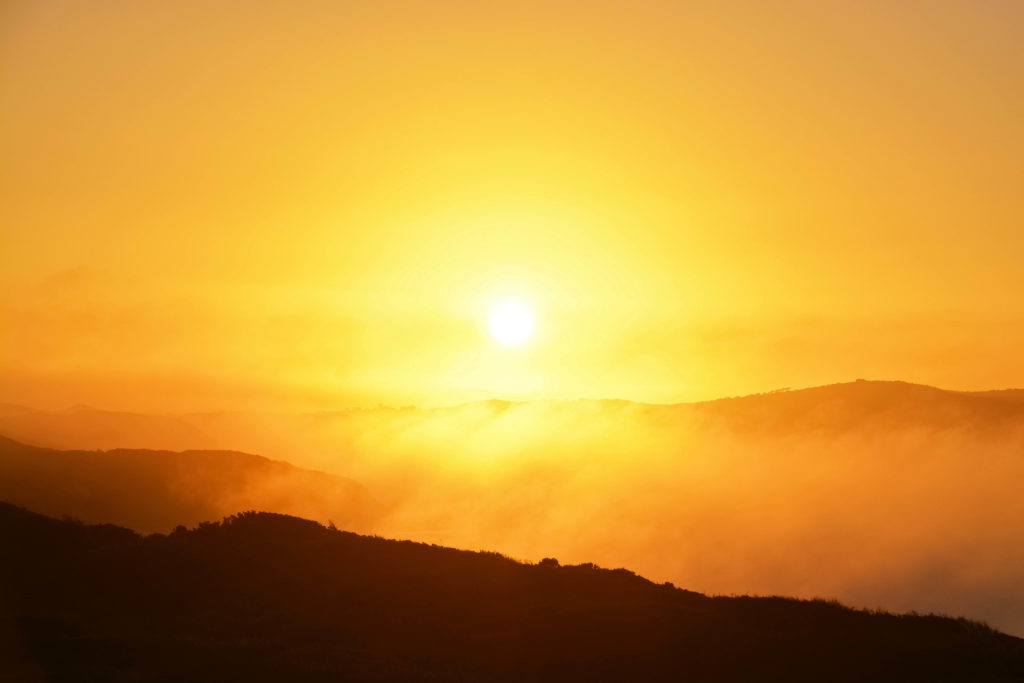
In many ways, the brilliance of yellow can make readers think of pure happiness. In “Nature Rarer Uses Yellow,” Emily Dickinson conveys both the elation and fleetingness of these emotions by writing, “Nature rarer uses yellow / Than any other hue / Saves she all of that for sunsets.” Later, Dickinson continues this observation, contending, “Yellow she affords / Only scantly and selectly, / Like a lover’s words.”
As a writing prompt, try weaving multiple colors into one piece, or try writing a poetic series in which each color informs its own work.
Wanting to pack more even symbolism into your stanzas? Check out Read Poetry’s guide to floral imagery in poetry.

